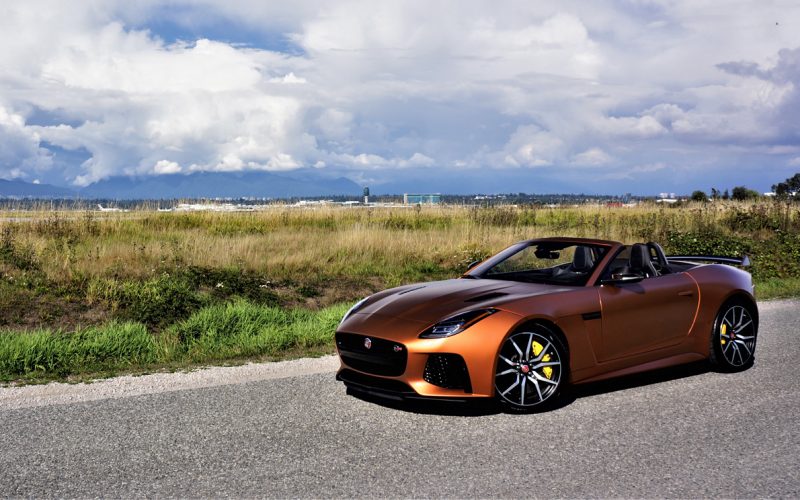
Reading Time: 7 minutesWhen choosing a sports car, plenty of variables come into play. Is it all about styling
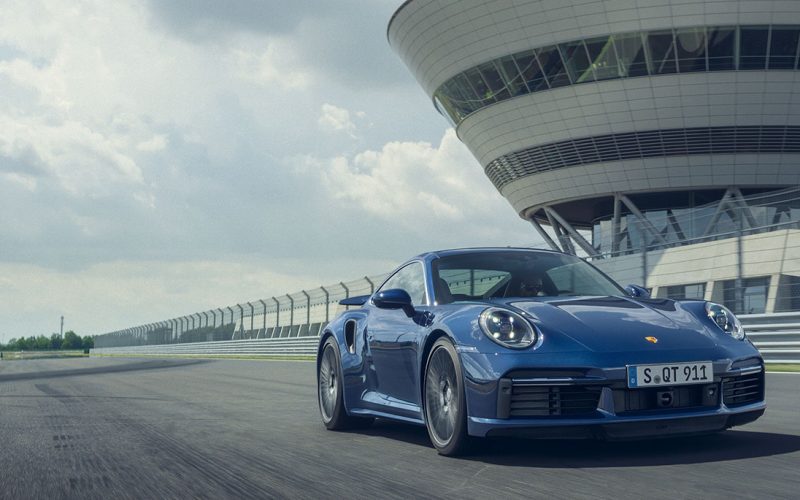
Reading Time: 4 minutesPorsche wowed performance car fans with its shockingly quick 2021 911 Turbo S back in April,
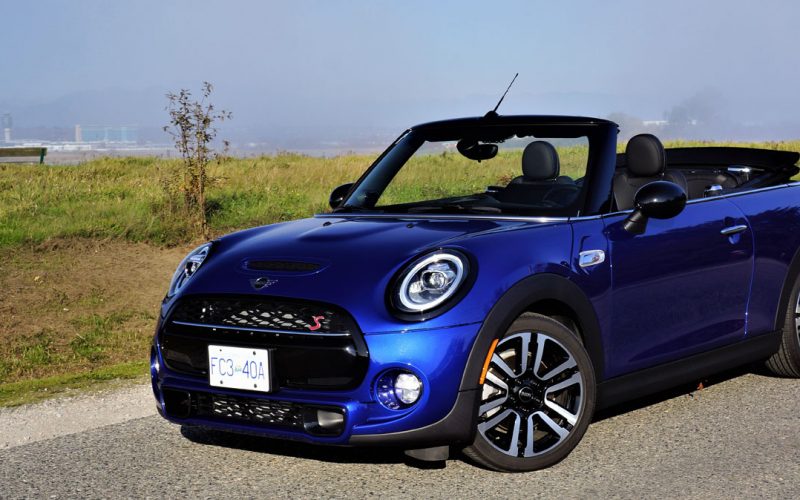
Reading Time: 10 minutesMini is one of those brands that I almost completely forget exists until one of their
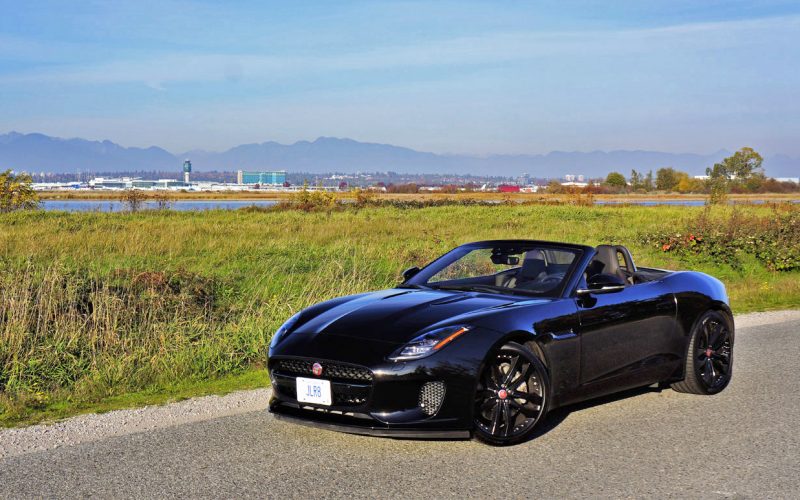
Reading Time: 8 minutesMost will agree that Jaguar’s F-Type is one of the most beautiful sports cars to come
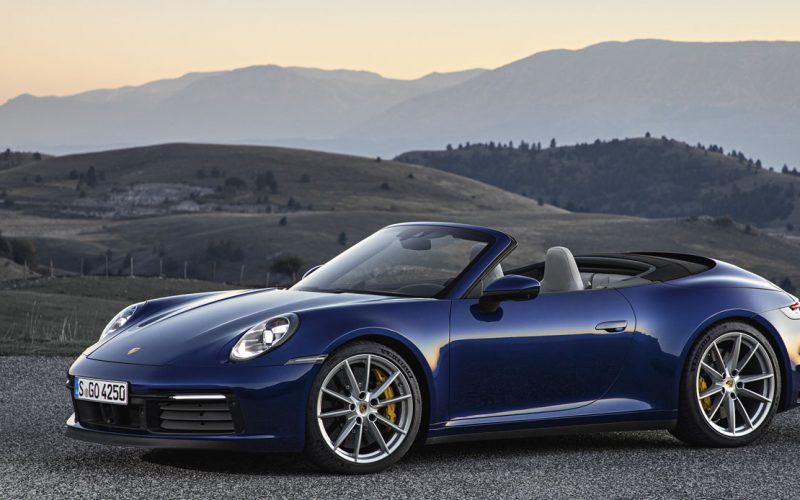
Reading Time: 6 minutesThe 911 Cabriolet has been with us so long it seems as if it’s always been
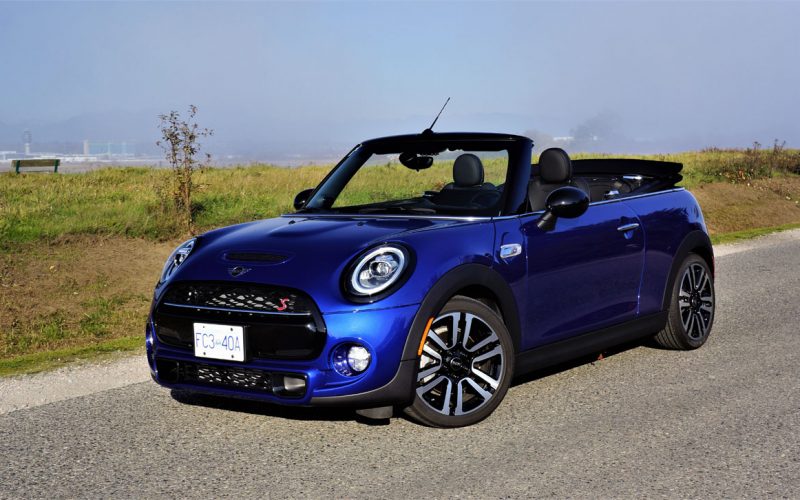
Reading Time: 4 minutesWe don’t get many Minis each year, but when we do it’s always a fun week.
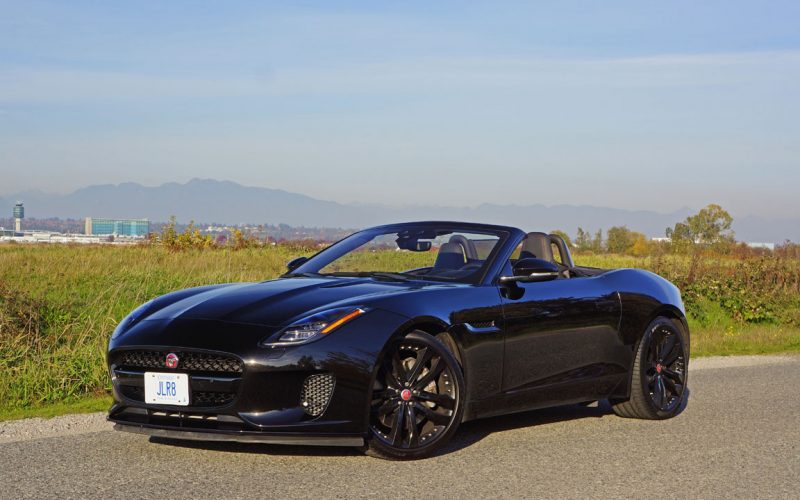
Reading Time: 3 minutesJaguar installed its potent yet economical gasoline-powered Ingenium turbocharged and direct-injected 2.0-litre four-cylinder engine into its
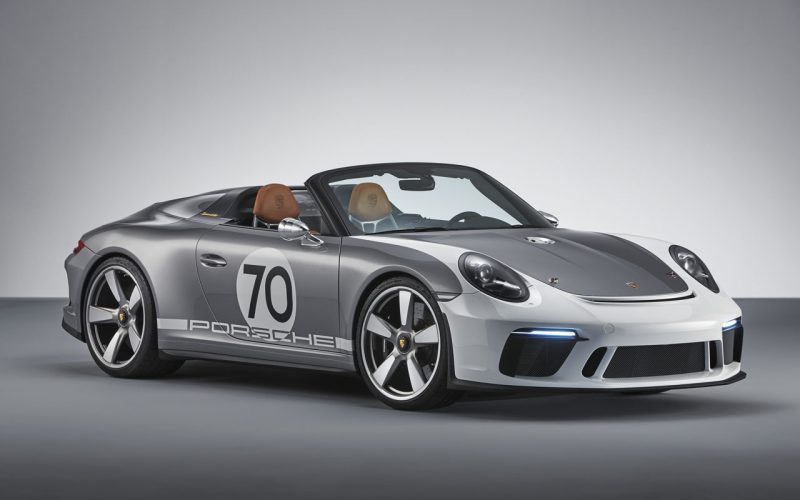
Reading Time: 5 minutesPorsche is now a septuagenarian, with Ferry Porsche, the well-schooled son of the already acclaimed engineer,
© 2025 The Car Magazine. All Rights Reserved, Privacy Policy | Terms of Use